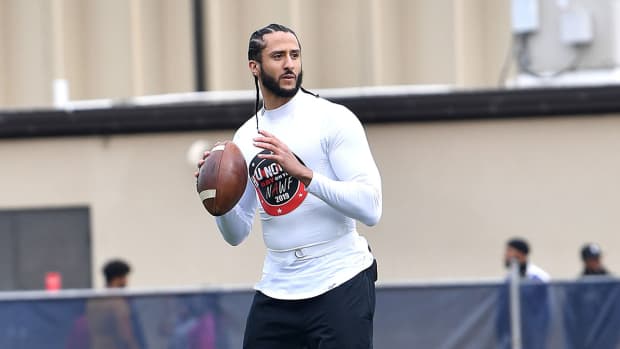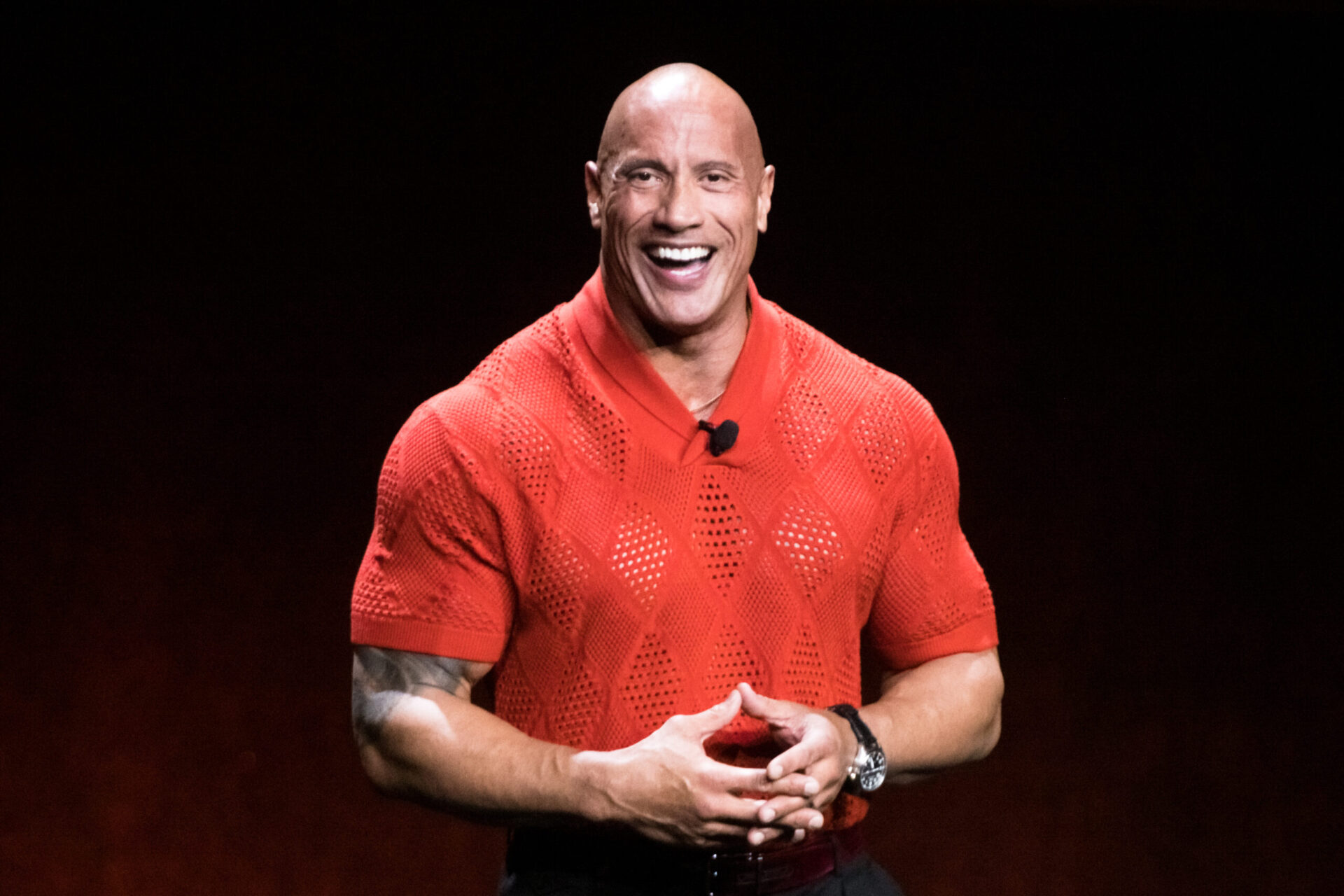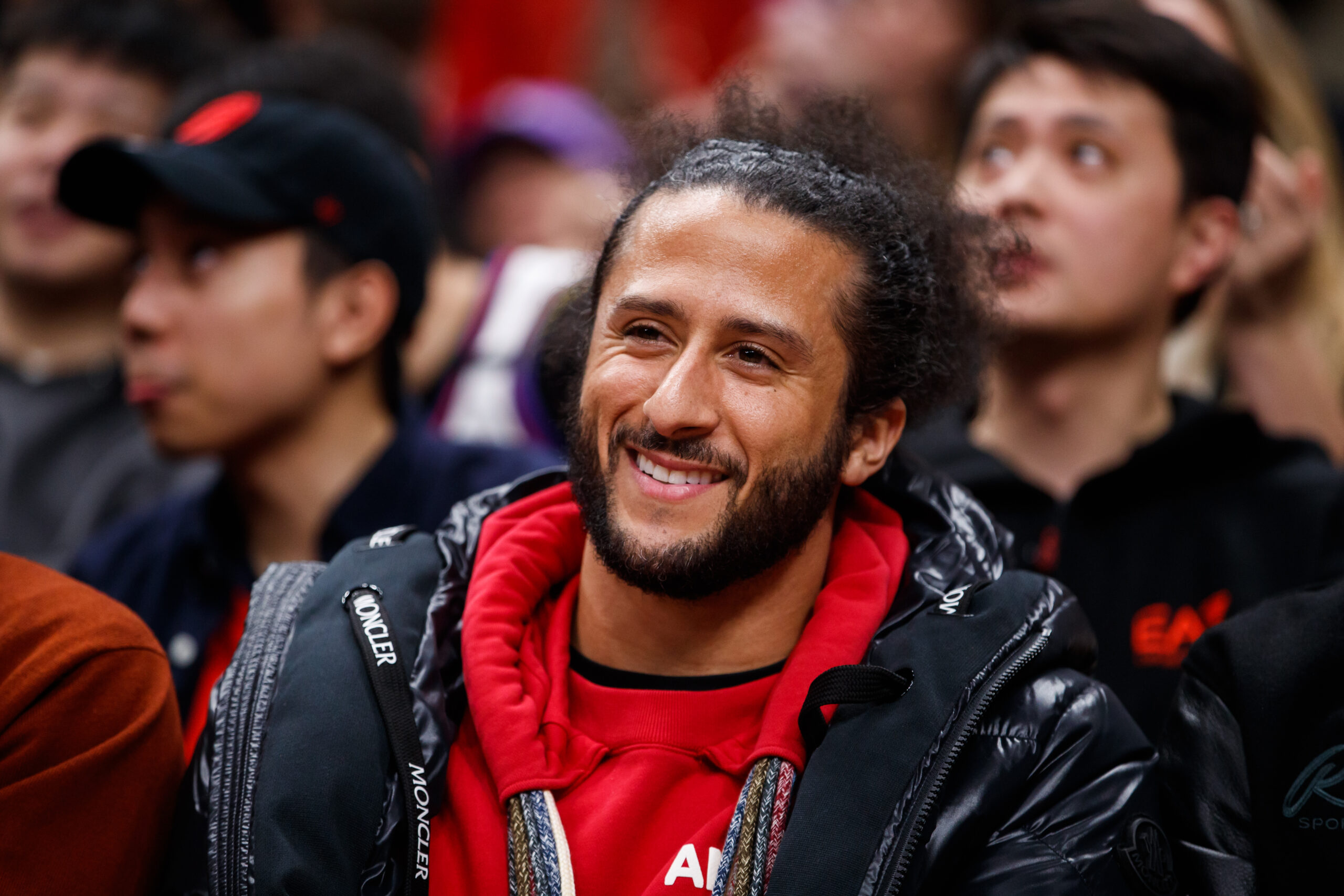Colin Kaepernick has become a symbol of change and unapologetic Blackness, but it didn’t start with his public stance against police brutality; it began at home. In his upcoming graphic novel, “Change the Game,” Kaepernick retells his childhood through his perception of incidents with his parents where he felt they were not cookout acceptable.
“I know my parents loved me, but there were still very problematic things that I went through,” Kaepernick told CBS Mornings, describing his childhood household.
Guess Who’s Staying After Dinner
Adopted when he was 5 weeks old by a white couple, Rick and Teresa Kaepernick, young Colin grew up alongside their two biological children. The subtle biases crept into their relationship with Colin, who craved to express his Blackness throughout his childhood.
“It was important to show that, no, this can happen in your own home, and how we move forward collectively while addressing the racism that is being perpetuated, Kaepernick continued.”
The graphic novel continues the truths he discussed in his Netflix series, “Colin in Black And White,” where Kaepernick narrated the drama recounting his formative years navigating race, class, and culture while aspiring for greatness. “Change the Game” tells Kaepernick’s journey from high school to the pros and is a case study of the abundant faux pas that comes with a racially diverse blended family.
Kaepernick was obsessed with Allen “The Answer” Iverson, like many young Black boys who grew up in the ’90s. The Virginian, affectionately called “Bubba Chuck” by his friends, changed the game when he made braids a staple style of the NBA. Kaepernick decided to mimic the style, to the shock of his more conservatively styled adopted mother.
Enter The Cornrows
“He’s getting what rolls?” said his mother Teresa in the book when her son showed up with his hair braided. In real life, though, her reaction was more telling about what the hairstyle conveyed about her son.
“Oh, your hair’s not professional. Oh, you look like a little thug,” Kaepernick said she said in real life. The hurtful words made him dogmatic about using his hair as a protest to this day, when he has resurrected the large afro as a symbol of nonconformity.
“It also is informed why I have my hair long today,” Kaepernick continued.
As illustrated in the drama series, the lack of racial sensitivity within his home motivated Kaepernick to find community elsewhere. Kaep began going to Black barbershops and hair braiders and visiting streetwear stores to feel part of his culture.
Changing The Game
Even his choice of sport to pursue was influenced by his yearning to be closer to Blackness. As a high school star in baseball and football, Kaep decided to pursue a football career because the number of Black athletes in the NFL vastly outnumbers the number of Black players in major league baseball.
Since his exit from the NFL, Kaepernick has taken activism to another level and found ways to monetize his journey that are still impactful regardless of the platform he delivers it on.
“You know, very similar to the messaging of the book is I don’t have control over all of these situations. But I control how I respond to it, I control how I prepare for it, and I’m a believer that in doing that, good things will happen,” Kaepernick continued.
Now, will he ever get back into the NFL? It is an open-ended question, but Kaepernick says he still wants to play.



